Glenview Mansion
Introduction
Text-to-speech Audio
Glenview Mansion is a historic home that sits on 28 acres of exquisite land surrounded by landscaped gardens. In the 1830s, the land was part of Judge Richard Bowie's farm, and the heiress Irene Moore Smith purchased the property in 1917. In 1926, she and her husband, Dr. James Alexander Lyon, built the Neo-Classical Revival mansion. Due to the Lyons' social standing, Glenview became a popular destination for many of Washington's elite. In the 1930s, Dr. Lyon had a playhouse built for their daughter, and this one-story building is now referred to as The Cottage. Glenview Mansion is on the National Register of Historic Places and it is considered a local landmark.
Images
Glenview Mansion, located in Rockville, Maryland
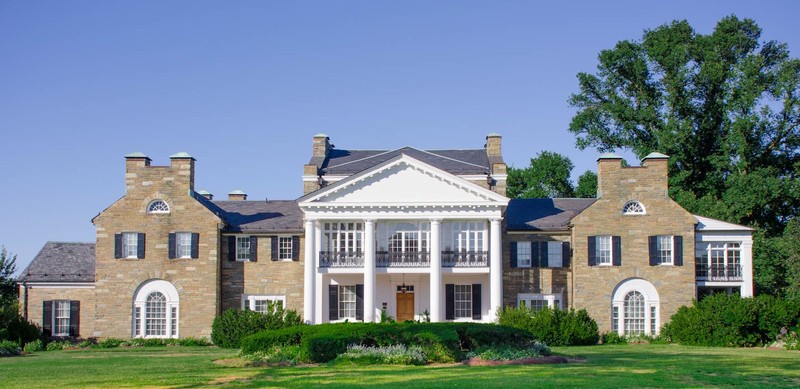
The original Glenview Mansion, before it was expanded in 1926
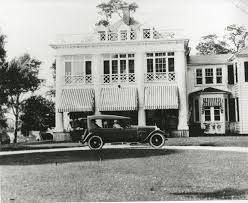
Glenview Mansion pictured in the early 1980s
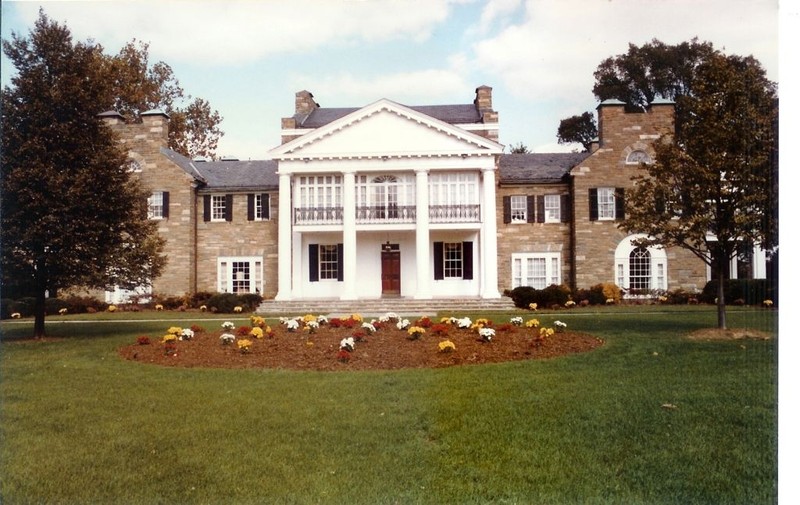
The Cottage on the property of Glenview Mansion
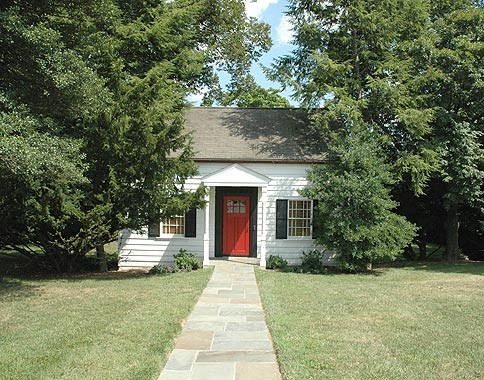
The interior photograph of The Cottage
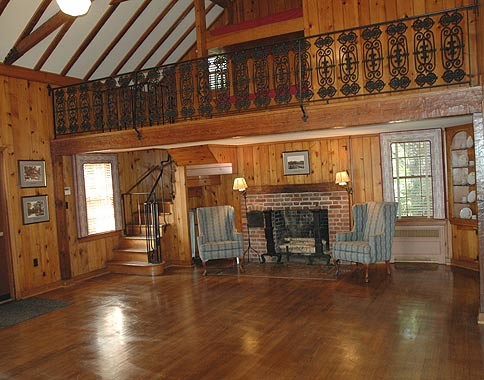
The grand dining room inside of Glenview Mansion
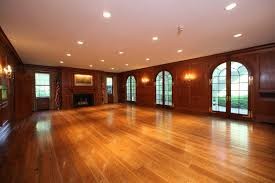
The historic marker placed at Glenview Mansion
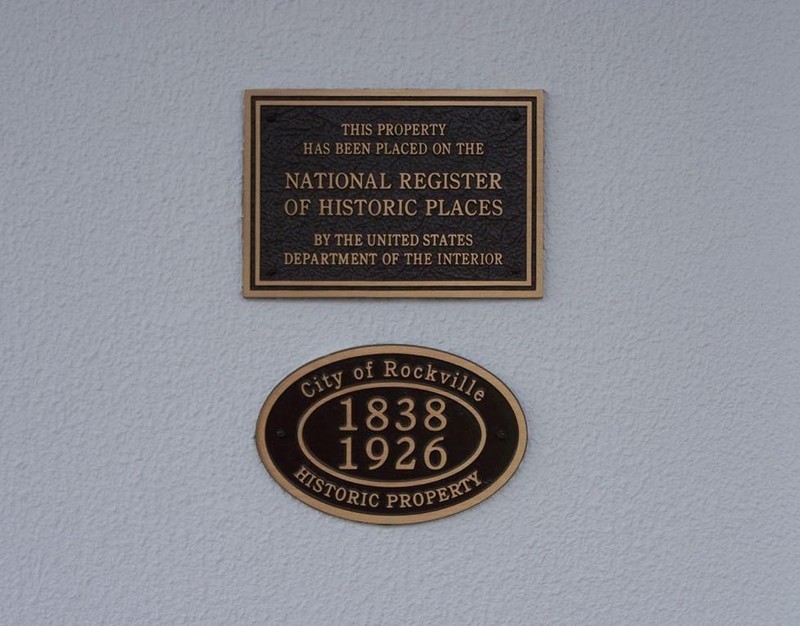
Backstory and Context
Text-to-speech Audio
Dating back to the 1830s, Glenview Mansion sits at the center of Rockville’s Civic Center Park. At the turn of the 19th century, Rockville was home to around 200 residents when Richard and Catharine Bowie purchased 500 acres of land for ranching and farming. Richard Bowie was an esteemed attorney and a state senator when Glenview, as the estate would come to be called, was built. He would go on to serve as the state attorney for Montgomery County and the Chief Judge for the Maryland State Court of Appeals, as well as being elected to Congress. During the Civil War, Bowie sympathized with the Union cause and was against secession. However, since Glenview was built and cared for by more than 20 enslaved African Americans, he was opposed to the abolition of slavery. In 1838, the Bowies built a two-story farmhouse, the first home on the property.
Richard Bowie died in 1881, but Glenview remained in the Bowie family until 1904. After they sold it, the mansion changed hands several times until 1917, when Irene Moore Smith and her husband, William, purchased the home and land. The Smiths were wealthy newlyweds who had many friends in Washington and New York, and they, along with other elites, created vast country estates to entertain and escape from the city of Washington. After William’s sudden death, Irene married Dr. James Alexander Lyon, a former Army officer and cardiologist. The Lyons decided to expand the home, and they hired architects Lochie and Porter to design their grand estate.
During the expansion, the first home built by the Bowies remained in the center of the new Neoclassical Revival home. In 1936, Dr. Lyon had a playhouse, known as the “Dollhouse,” built for his young daughter, Betsy. The small house had a sunroom, wooden gables, a stone fireplace, and bunk beds. The original dollhouse is now referred to as The Cottage. Rockville drastically changed during and after World War II, with its population growing from 2,000 to 26,000. With the city being considered the suburbs rather than the country, Dr. Lyon opted to sell off parcels of land for housing developments after Irene’s in 1950. Four years later, he sold Glenview to the Montgomery County Historical Society.
The City of Rockville bought Glenview and 28 acres in the late 1950s for $125,000. The City made the divisive decision to make Glenview a part of the civic center where community meetings and events could be held. In the ensuing years, the civic center expanded the park to more than 150 acres, and more attractions were added such as nature trails, tennis courts, a theater, and a nature center. Although the interior of Glenview Mansion has been altered to suit the civic center’s needs, most of the gardens on the property remain as they were when the Lyon family lived there. Glenview Mansion continues to operate as Rockville’s Civic Center Park and welcomes over 100,000 visitors annually. The elegant and historic home with its lush gardens is a sought-after site for weddings and special events.
Sources
Glenview Mansion, City of Rockville. Accessed July 10th, 2024. https://www.rockvillemd.gov/389/Glenview-Mansion.
McGuickian, Eileen & Max A. van Balgooy. Glenview Mansion, Peerless Rockville. December 1st, 2010. Accessed July 10th, 2024. https://peerlessrockville.org/historic-rockville/peerless-places-2/glenview-mansion/.
Glenview Mansion, Visit Montgomery. Accessed July 15th, 2024. https://visitmontgomery.com/directory/glenview-mansion/.
Glenview Mansion & Gardens- Rockville, MD, MDT Travels. May 11th, 2020. Accessed July 15th, 2024. https://www.moderndaytripper.com/?s=glenview.
City of Rockville
Pinterest
The Historical Marker Database
City of Rockville
City of Rockville
City of Rockville
The Historical Marker Database
